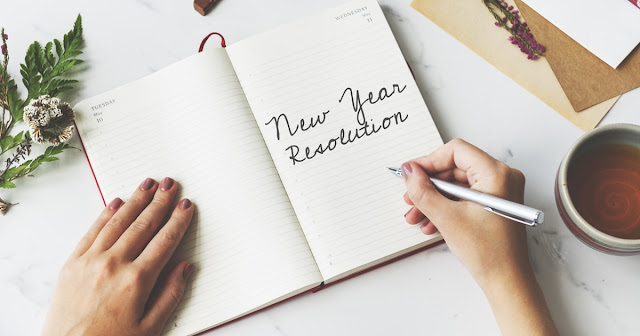And of course I have chosen a challenge I should be able to do during my first week post-op. Our challenge for this week is to stretch for at least 10 minutes per day. You can include this as part of your daily exercise minutes or do it in addition to your minutes but begin to include daily stretching in your physical routine. For every day that you stretch at least 10 minutes you can claim 5 bonus points. And yes you can stretch on Sunday too- for a total of 35 possible bonus points. There are lots of wonderful charts on how to stretch if you do a google image search.
If you have been inactive for any length of time, chances are you have lost a percentage of the range of motion associated with your joints. This range of motion is commonly referred to as flexibility.
How We Lose Flexibility
As we age, flexibility diminishes within the joints through lack of stretching and physical activity. .
Benefits
Stretching is a physical activity that elongates connective tissues, muscles and other tissues. The benefits associated with stretching include:
Reducing muscle tension and relaxing the body
Improved coordination and freer movement of body and limbs
Increased range of motion in the associated joints
Prepare the body for physical activity
Preventing injuries from tight muscles during physical activity
Creating a mind body connection
Promoting circulation
Reduce the risk of back problems
Reduce muscle soreness after exercise
Ten tips on how to stretch
1. Do everything slowly.
2. Hold the stretch for at least 10 seconds prior to exercise (warm-up) and for at least 30 seconds post exercise (cool-down).
3. Breathe normally and relax while holding the stretch to the point of pain.
4. NEVER, EVER do any bouncy stretching, always hold and relax.
5. Focus on the muscle you are trying to stretch and then try to lengthen it.
6. If a particular muscle group is tight, then stretch it in stages. Stretch as far as you can, then relax it and stretch again. This is most important during cool-down.
7. Move slowly out of the stretch.
8. Remember to stretch both sides of the body.
9. Increasing the range of movement around a joint will help the blood flow to the muscles surrounding the joint and increase circulation that will carry away any lactic acids that may build up in the muscle.
10. Do more stretching in addition to just warming-up and cooling-down. As we get older our muscles shorten naturally, and it is vital for everyone that stretching becomes part of your normal everyday life. Gyms that offer stretch-classes or Yoga, where the aim is to permanently and progressively increase your flexibility are well worth considering if time and money allows.





